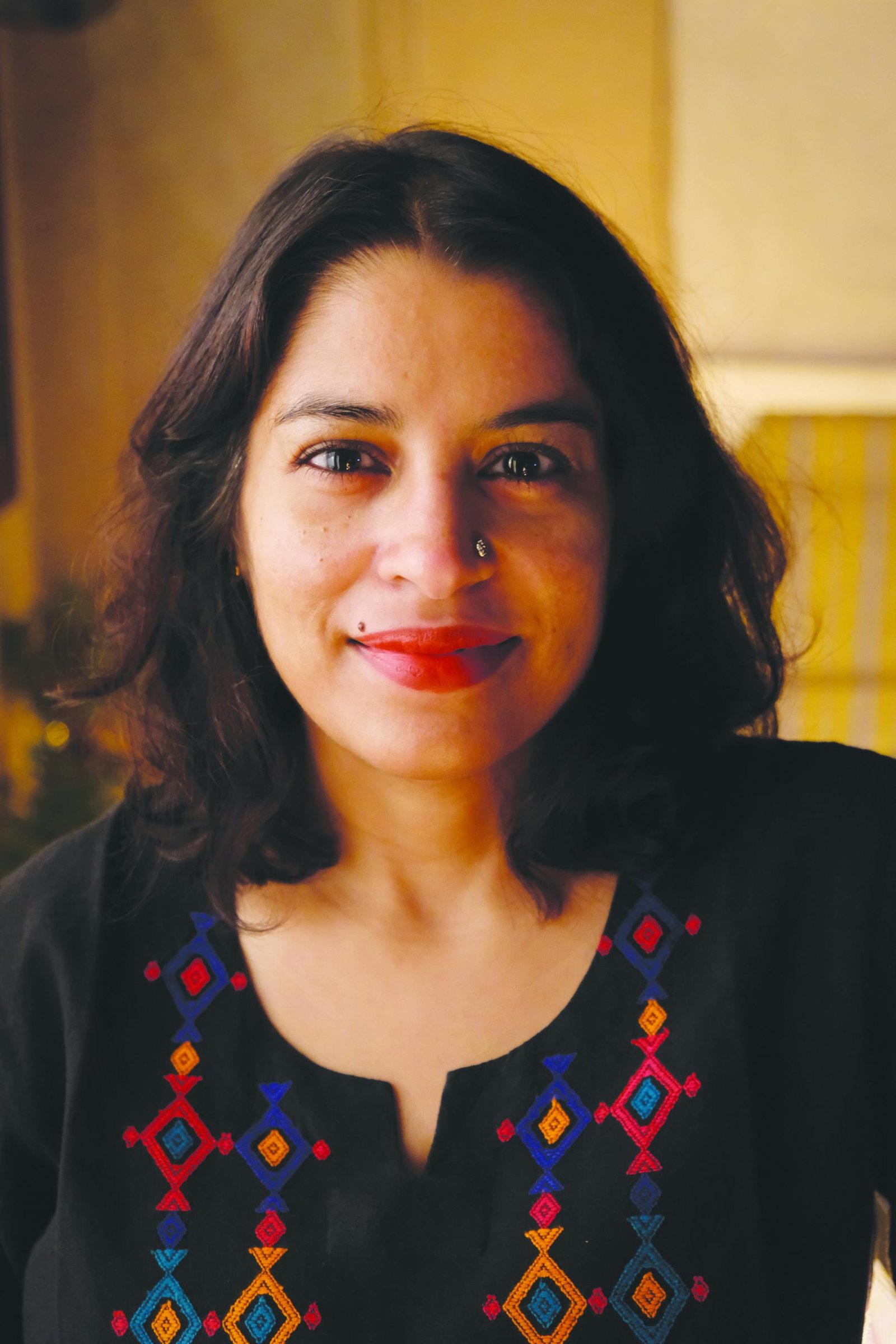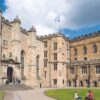No products in the cart.
Historical thinking the “Prajnata” way
Gitanjali Surendran

Despite politicians endlessly debating the rights and wrongs of history and the country’s towns and cities hosting large numbers of monuments of historical importance, India’s education institutions don’t encourage historical thinking.
Historical thinking or thinking with history mandates a sense of time and change over time. Second, it requires careful understanding of context and putting ourselves in the shoes of historical actors. Third, it requires teachers to present evidence for our propositions or arguments and to carefully examine it. Conversely, thinking with history prompts — or should prompt — scholars to ask for evidence in support of a proposition, argument or theory. Fourth, historical thinking requires teachers and students to be open to counter arguments and weigh different perspectives on a given issue. Therefore, historical thinking necessitates critical thinking.
The internet is flooded with interesting advice and guidance on online class planning. The Union government’s advice to teachers is to follow the Pragyata scheme (see www.education.gov.in/sites/upload_files/mhrd/files/pragyata-guidelines_0.pdf), i.e, plan, review, arrange, guide, yak/talk, assign, track, appreciate. Based on my experience of online history teaching this past year and earlier, I recommended PRAJNATA — an acronym for play, repartee, archive, journal, native, access, teamwork and aesthetics.
One of the most underrated aspects of learning in classrooms is play. The rewards for students of all ages flowing from playful tones, playful activities and story-telling in classrooms are bountiful. The study of history is a serious matter, but the material lends itself well to storytelling possibilities and play. For example, why not use the short stories of Saadat Hasan Manto to teach about the partition of India? Or taking a leaf out of Turkish writer Orhan Pamuk’s celebrated novel My Name is Red, ask students to write their own fictional pieces from the perspective of different elements in a Mughal painting like the emperor, throne, war elephant, a tree, courtier etc.
‘R’ in PRAJNATA stands for repartee which translates to comfortable and inclusive dialogue with our students. Classrooms should be safe spaces for children to air divergent opinions including ones we don’t agree with, subject to their being expressed without rude or foul language. We could call on them to read a passage aloud, prepare a statement on a subject or issue or enact a historical figure. In synchronous or asynchronous teaching-learning, getting students to speak up potentially sets the stage for greater participation in the future.
Archives are central to the study of history. To nurture archival minds students should collect newspaper clippings, images and artifacts that represent their particular moment in history. Discussing primary sources like a media clipping from August 15, 1947 or Gandhi’s letter to Hitler, will give them a taste of material historians use to construct their stories. Ask them to think about presence and absence in archives to promote critical thinking.
The therapeutic effects of journaling (‘J’ in PRAJNATA) are well-documented. Asking students to maintain journals, written or recorded, helps develop archival thinking. To get them started, you could read excerpts from journals of Winston Churchill, Bhagat Singh or Zahiruddin Babur.
‘N’ denotes native languages and local resources. Our largely north India-centric teaching of history has resulted in students often querying why the north-east or peninsular India don’t figure in prescribed history texts. Languages are also important subjects of history and resource for understanding it. Why not ask students to present a history of their region or work on the history of their languages?
The second ‘A’, in the PRAJNATA pedagogy is for access. Though access to diverse technologies is very uneven, experts recommend WhatsApp and messaging apps to serve as discussion forums to supplement synchronous or asynchronous learning activities surrounding the curriculum. Students above 12 years can be asked to do Instagram, Facebook and Twitter projects with clear guidelines and close teacher-led supervision. We have to use whatever technology is available to keep learning going in these hard times.
‘T’ is for teamwork. Class sizes tend to be large. Therefore, I recommend breaking up the class into smaller groups for project work. This will help them academically and socially, and allay the fear of isolation.
Finally, we tend to overlook the importance of aesthetic education whose traditional media like song, dance and theatre have taken a big hit this past year. Education of the senses, history, and nature can converge in classrooms as practiced by Rabindranath Tagore in Shantiniketan several decades ago. History as a discipline can provide students tools for aesthetic and environmental exploration. Ask them to pen the history of an indigenous art form or collect local folklore about particular trees and plants, for example.
As I have written before on the pages of this publication, history teaching and thinking with history is profoundly connected to our sense of identity, practices of citizenship and social harmony. Historical thinking will help our students make sense of these difficult times.
JNU, Oxford and Harvard alumna, Dr. Gitanjali Surendran is associate professor of history at the Jindal Global Law School, Sonipat)















Add comment